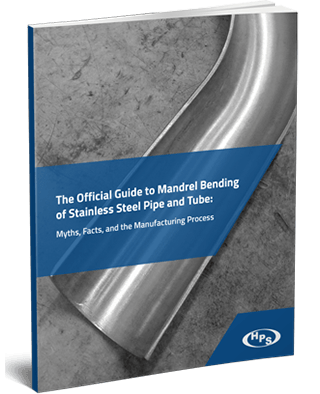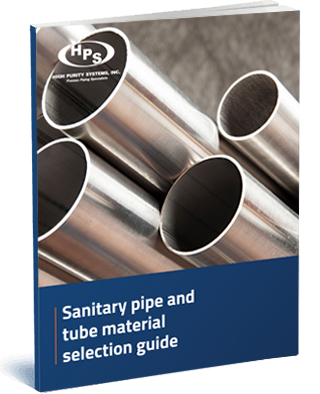The process of manually welding joints in tightly specified tubing systems requires precise control over a wide range of factors, making it difficult to maintain consistent quality at a high level of output.
For various reasons, the skilled, manual operation of orbital welding equipment is simply not as efficient as using a modern orbital welding machine, and the demand for mechanical tubing systems that meet strict physical and performance specifications can no longer be met with the same level of consistency simply by employing an experienced welder — even one capable of producing the highest volume of high-quality work.
Advancements in manufacturing technology require engineered tubing systems that can withstand the rigors of use in critical system operations for which failure is simply not an option; the use of high-tech, automated equipment ensures optimal quality and reliability.
Why Use Automated Orbital Welding Equipment?
There are several advantages to adding an orbital welding machine to a manufacturing line, all of which benefit both the manufacturer and the end user of the manufactured product. Firstly, productivity greatly increases with the use of orbital welding equipment, as it can outperform even the most advanced manual welders.
The quality of orbital tubing welds are absolutely critical to the end user, and the ability to tightly control the variables that affect quality allow a manufacturer to produce tubing systems that meet the strictest specifications for a vast array of applications, ranging from aerospace to semiconductor manufacturing.
Orbital welding machines also allow for greater consistency; once an automated orbital welding machine has been programmed, it can reproduce hundreds of the same welded parts with no significant defects, errors, or reworks.
Unmatched Versatility
Modern orbital welding systems produce welds appropriate for a wide range of applications, tubing materials, wall thicknesses, and sizes. The machine, however, is capable of welding virtually every metal alloy, wall thickness, and tubing size — for any application — when programmed by a worker with sufficient mechanical aptitude and experience.
Orbital welding equipment is often used in applications where space is restricted, limited, or difficult to access, or in areas where it’s impossible to inspect a weld once it has been completed. By programming a piece of equipment with the required parameters to produce a coupon that passes inspection and certification, the same machine and parameters can be used to generate more quality welds, over and over, without the need for individual inspection.
A Clear Conclusion
Orbital welding machines give tubing systems manufacturers the edge they need to reliably produce consistent, high-quality work at a rate that surpasses that of manual orbital welding. The long-term benefits of such equipment far outweigh the one-time cost required to place it into service, as manufacturers will greatly benefit from higher yields and lower operation costs.




